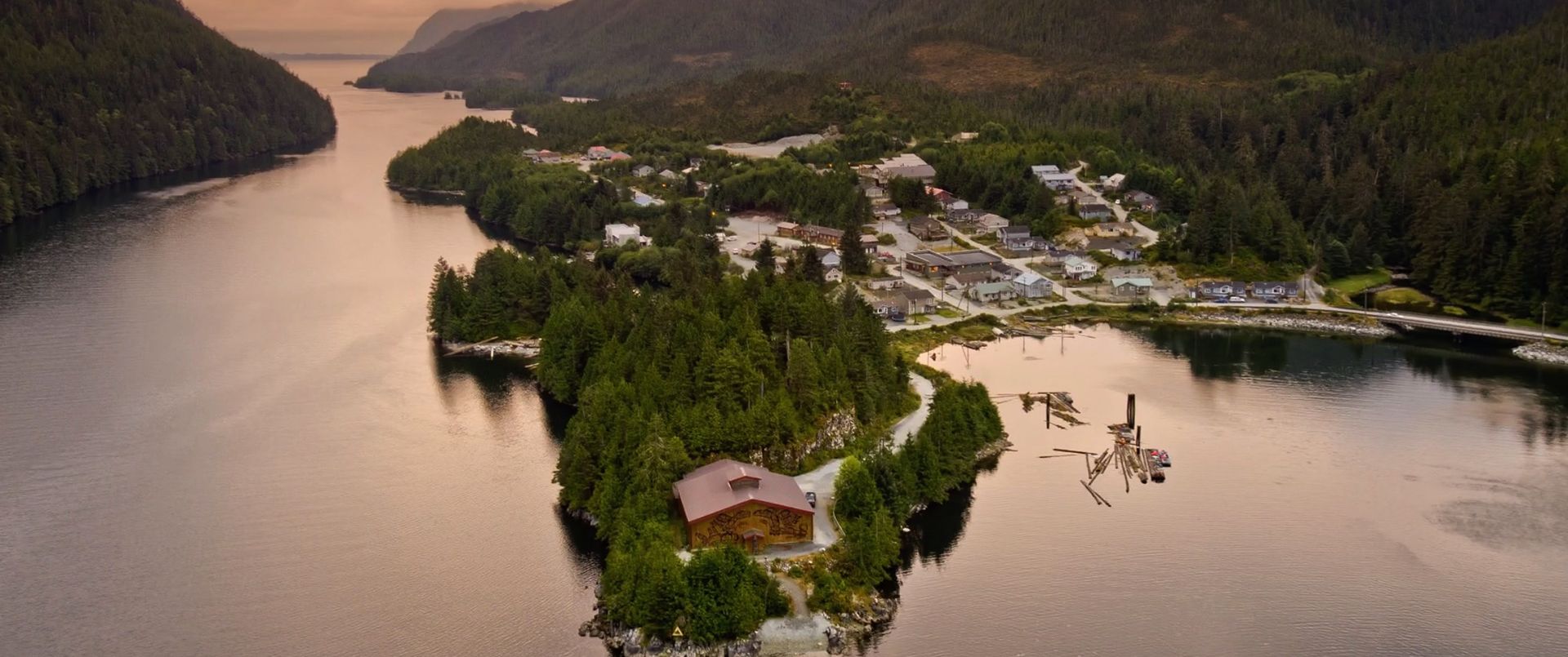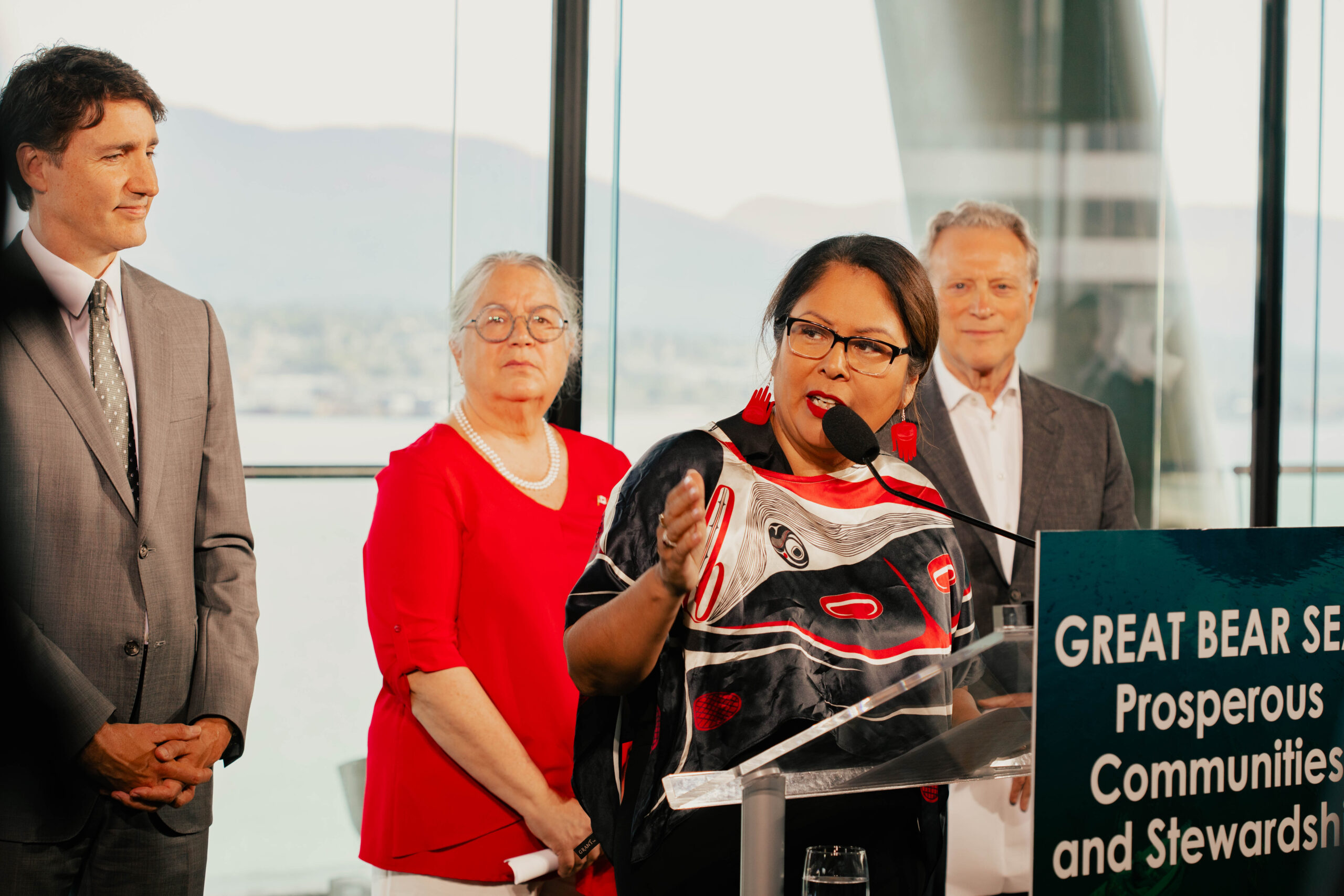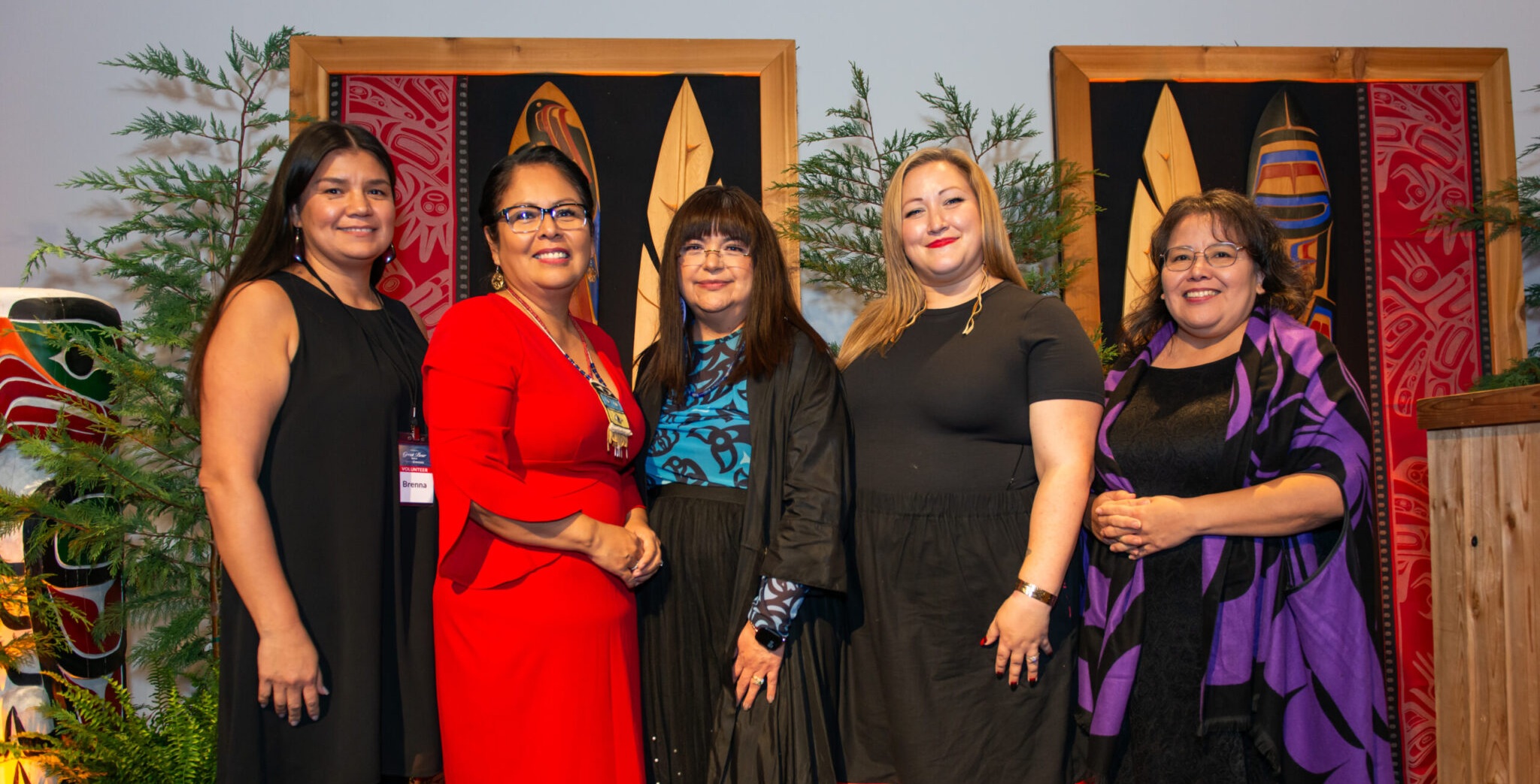In picturesque Klemtu, the heart of Kitasoo/Xai’xais Territory, a bustling new office officially opened in summer 2018.
The building may be a hub for all resource stewardship activities, including the home base for Kitasoo/Xai’xais Guardian Watchmen, but that’s not its only benefit for the community. It’s expected the development will create up to 30 new employees—focusing on everything from land-use and marine-use planning to youth and language programs—and it will even feature a new greenhouse to produce healthier food options.
Chief Doug Neasloss said the office is a new pillar for the community and will help re-connect people to the land their ancestors walked and cared for. “In this new stewardship development, we really want to focus on getting our people out on the land,” he said. “We went through a time there weren’t many boats out. Now we have at least 11 out on the water every day.”
Throughout the coast, community leaders recognize that social well-being is inherently connected to the well-being of the lands and waters. “Our people are only as healthy as the land we live on,” said Adeana Young, Deputy Chief Councillor for Old Massett Village Council. She says great strides have been made in protecting the lands and waters, but we also need to focus on the social well-being of our communities. “Let’s take another step ahead and protect our people,” says Young, adding that community initiatives, such as health and wellness programs and restorative justice programs, can improve social well-being.
“Human well-being is about meeting basic fundamental needs in our community—employment opportunities, training opportunities, healthy livable homes,” says Marilyn Slett, Chief Counsellor of the Heiltsuk Nation and President of CFN-GBI. But unfortunately, she says, a lot of those basic needs aren’t being met; many people still live at poverty levels, in unhealthy conditions and homes, and without access to training and jobs.
In addition to programs that connect people to the land and monitor social well-being, Slett says healthy communities need to be able to respond to and dictate what goes on in their territories. When legislative orders are made by the Canadian government, she said, the burden of implementing them fall on First Nations communities—a scenario that occurred in the case of the Nathan E. Stewart disaster, which devastated important food harvesting sites in Heiltsuk waters.
Slett says having an Indigenous Marine Response Centre would be an example of meeting those basic needs: “We need to be able to support our communities and protect our territories.”


